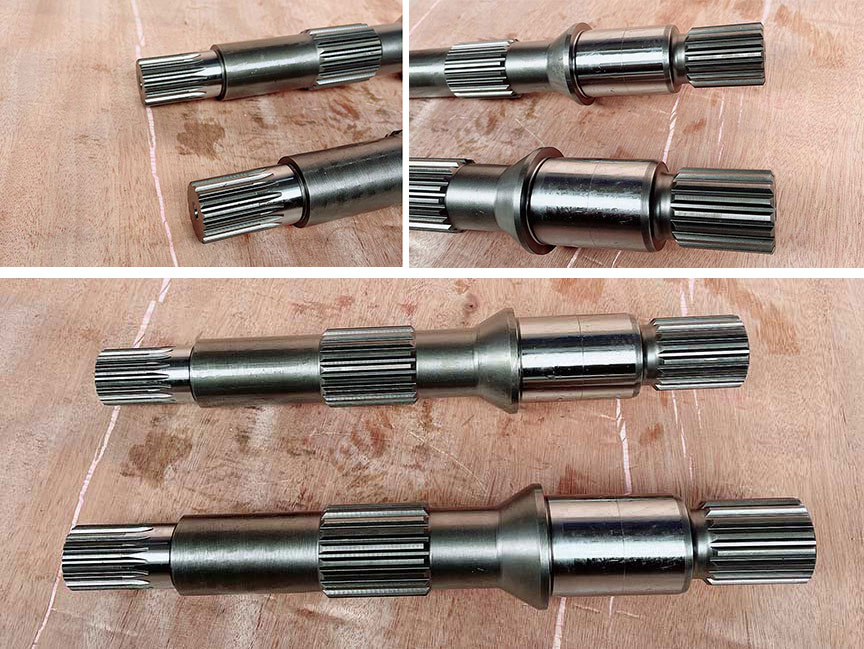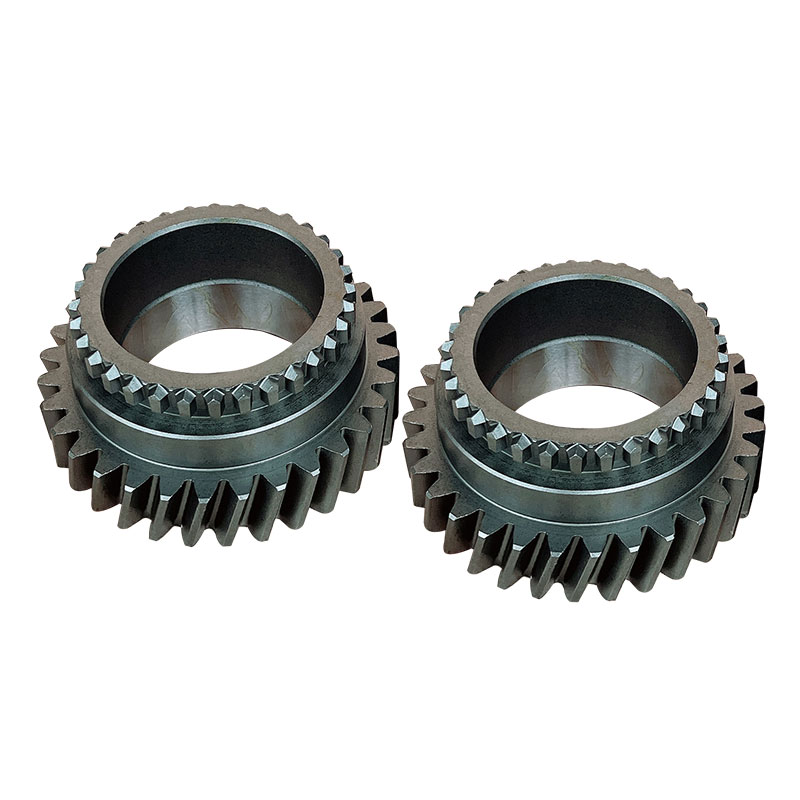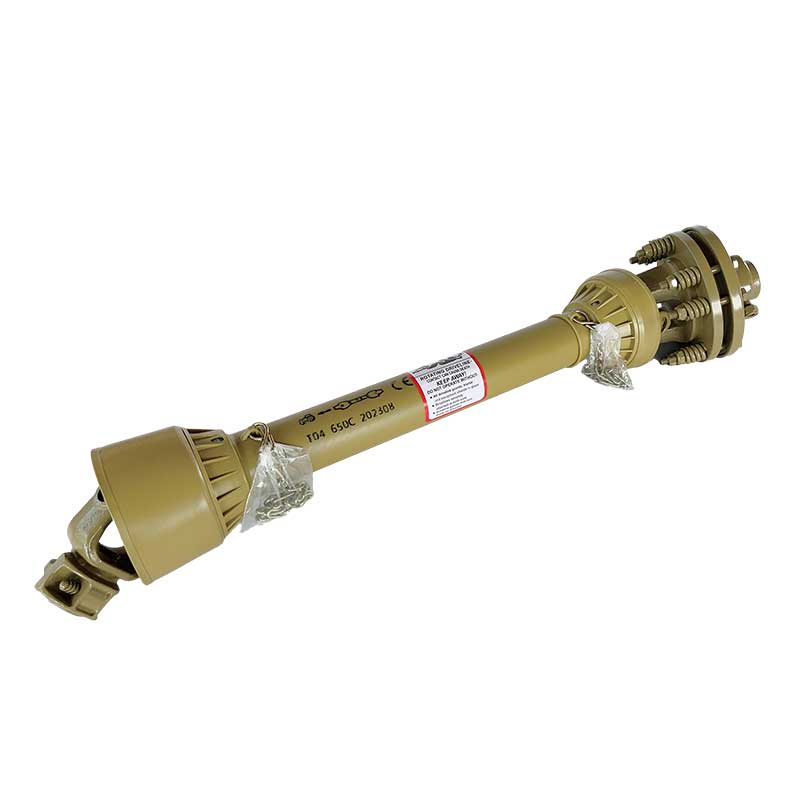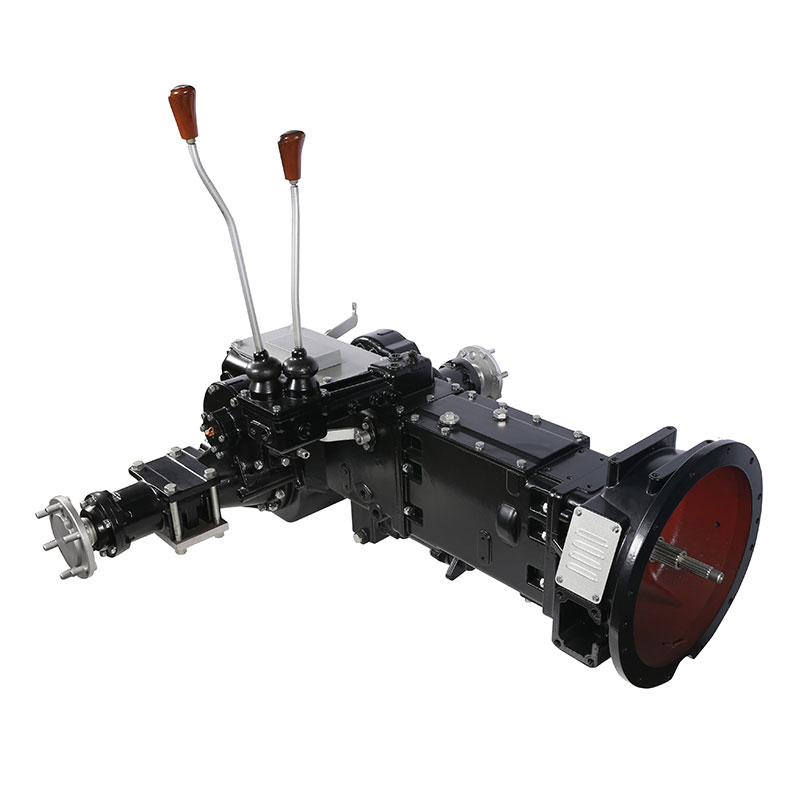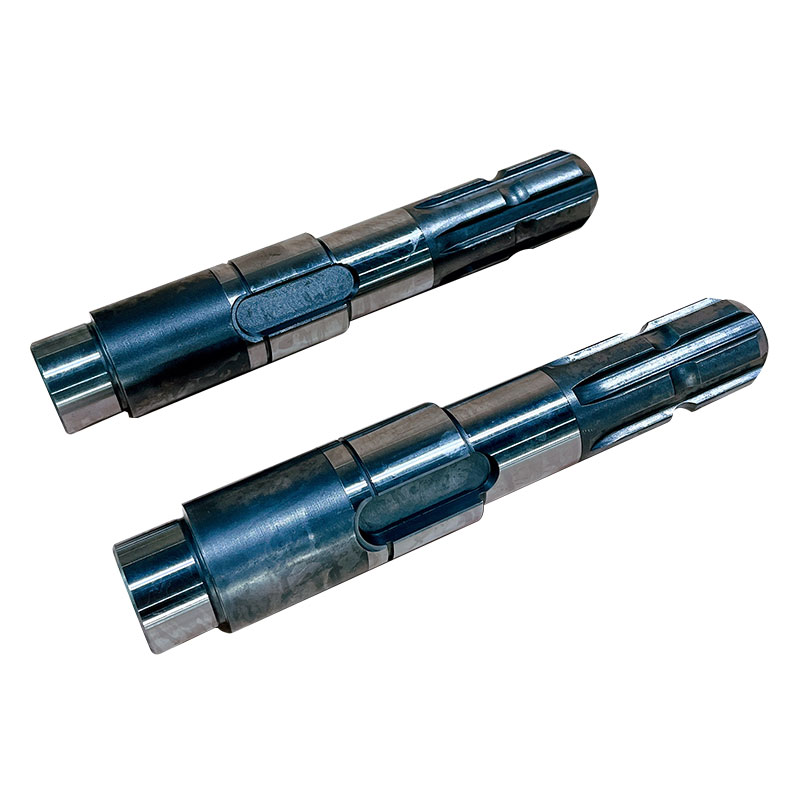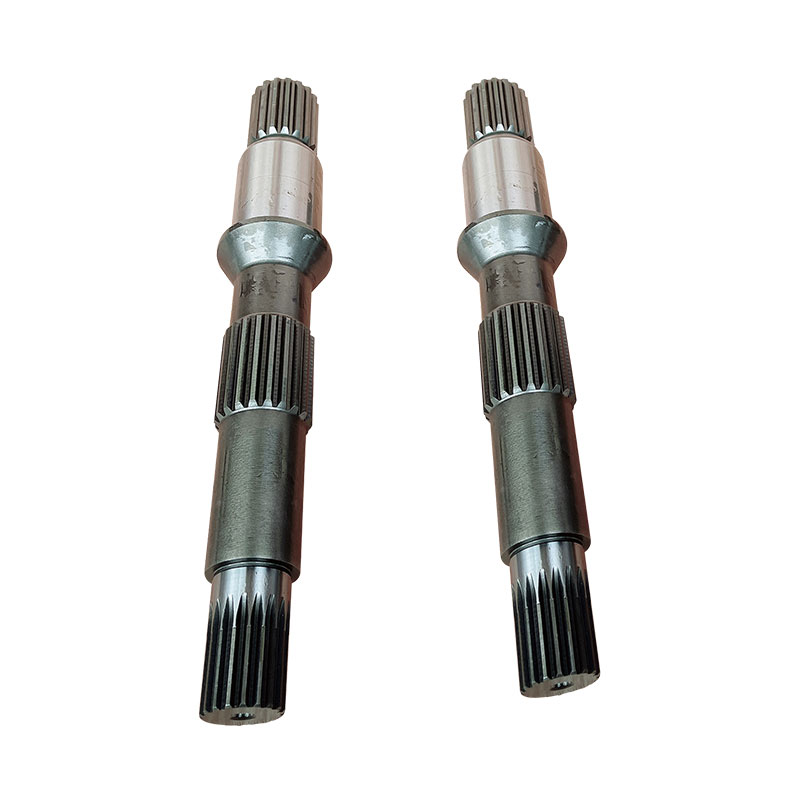 English
English Español
Español  Português
Português  русский
русский  Français
Français  日本語
日本語  Deutsch
Deutsch  tiếng Việt
tiếng Việt  Italiano
Italiano  Nederlands
Nederlands  ภาษาไทย
ภาษาไทย  Polski
Polski  한국어
한국어  Svenska
Svenska  magyar
magyar  Malay
Malay  বাংলা ভাষার
বাংলা ভাষার  Dansk
Dansk  Suomi
Suomi  हिन्दी
हिन्दी  Pilipino
Pilipino  Türkçe
Türkçe  Gaeilge
Gaeilge  العربية
العربية  Indonesia
Indonesia  Norsk
Norsk  تمل
تمل  český
český  ελληνικά
ελληνικά  український
український  Javanese
Javanese  فارسی
فارسی  தமிழ்
தமிழ்  తెలుగు
తెలుగు  नेपाली
नेपाली  Burmese
Burmese  български
български  ລາວ
ລາວ  Latine
Latine  Қазақша
Қазақша  Euskal
Euskal  Azərbaycan
Azərbaycan  Slovenský jazyk
Slovenský jazyk  Македонски
Македонски  Lietuvos
Lietuvos  Eesti Keel
Eesti Keel  Română
Română  Slovenski
Slovenski  मराठी
मराठी  Srpski језик
Srpski језик
Spline Shaft for Grain Harvester
Send Inquiry
Minghua Spline shaft for grain harvester is hot sales in agriculture machines.
Because it facilitates the power transfer from the engine to the cutting and harvester components, a spline shaft is an essential component of a grain harvester. To transfer high torque stresses, the spline shaft's ridges and grooves mesh with those of other shafts or pieces of machinery.
Data Spline Shaft for Grain Harvester
|
Shaft length |
Customized |
|
Shaft material |
C45 steel, 42CrMo, 20CrMnTi, 20CrNoMi…etc. |
|
Shaft process |
Forging, turning, spline hobbing, heat treatment, grinding, cleaning, packing. |
|
Heat treatment process |
Quenching and tempering, induction, carburization, gas nitriding,…etc. |
|
Shaft application |
Grain harvester, corn harvester, differential axle shaft, rotary cutter gearbox…etc. |
|
Packing |
Durable strength wooden box for export. |
Feature Spline Shaft for Grain Harvester
Spline count: The number of teeth on the shaft is referred to as the spline count, which is an important characteristic for spline shafts. This number needs to line up with the matching part in order to guarantee proper torque transfer and meshing.
Material: Steel, alloy steel, or cast iron are the most common materials for spline shafts used in grain harvesters. These materials are selected for their strength, longevity, and resistance to corrosion and wear.
Profile: Spline shafts can have an involute or parallel profile. The torque transmission and operating speed needed for the harvester will determine which profile is best.

Details Spline Shaft for Grain Harvester
Length: The length of a spline shaft for a grain harvester will vary depending on the specific model and requirements. The spline shaft must be the correct length to provide proper alignment between components and prevent damage to the machine.
Spline count: The spline count of a spline shaft is the number of ridges or teeth on the shaft. The spline count will depend on the specific requirements of the harvester and the components that the shaft will be meshing with.
Construction: Spline shafts for grain harvesters are typically made of steel, alloy steel, or cast iron, offering high strength, durability, and ability to withstand wear or corrosion.
Diameter: The diameter of a spline shaft can vary depending on the machine's horsepower and the torque requirements. A larger diameter spline shaft may be necessary to handle higher torque loads.
